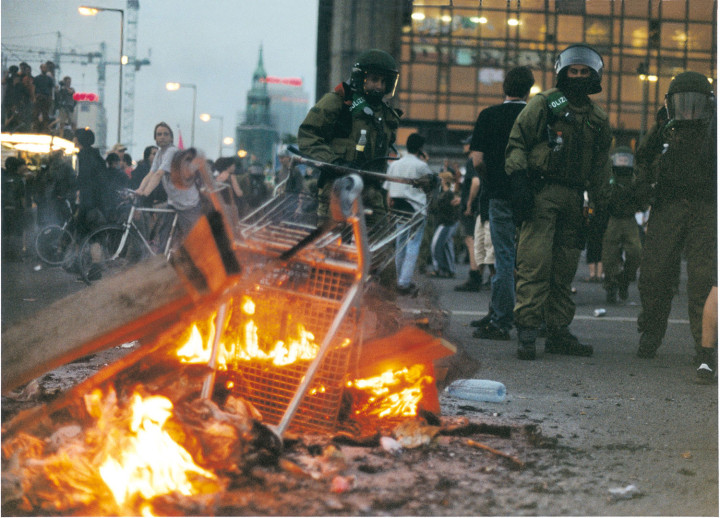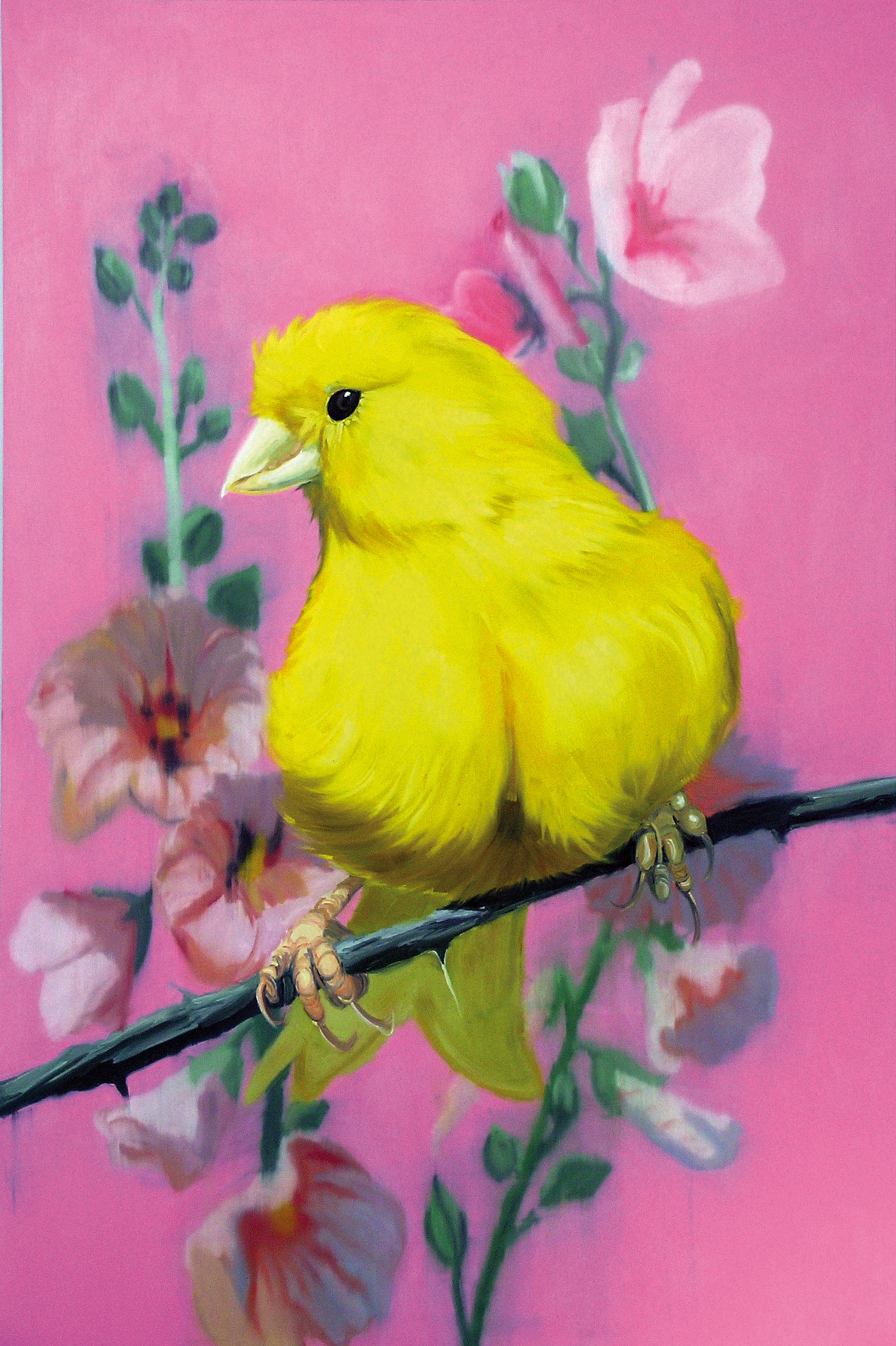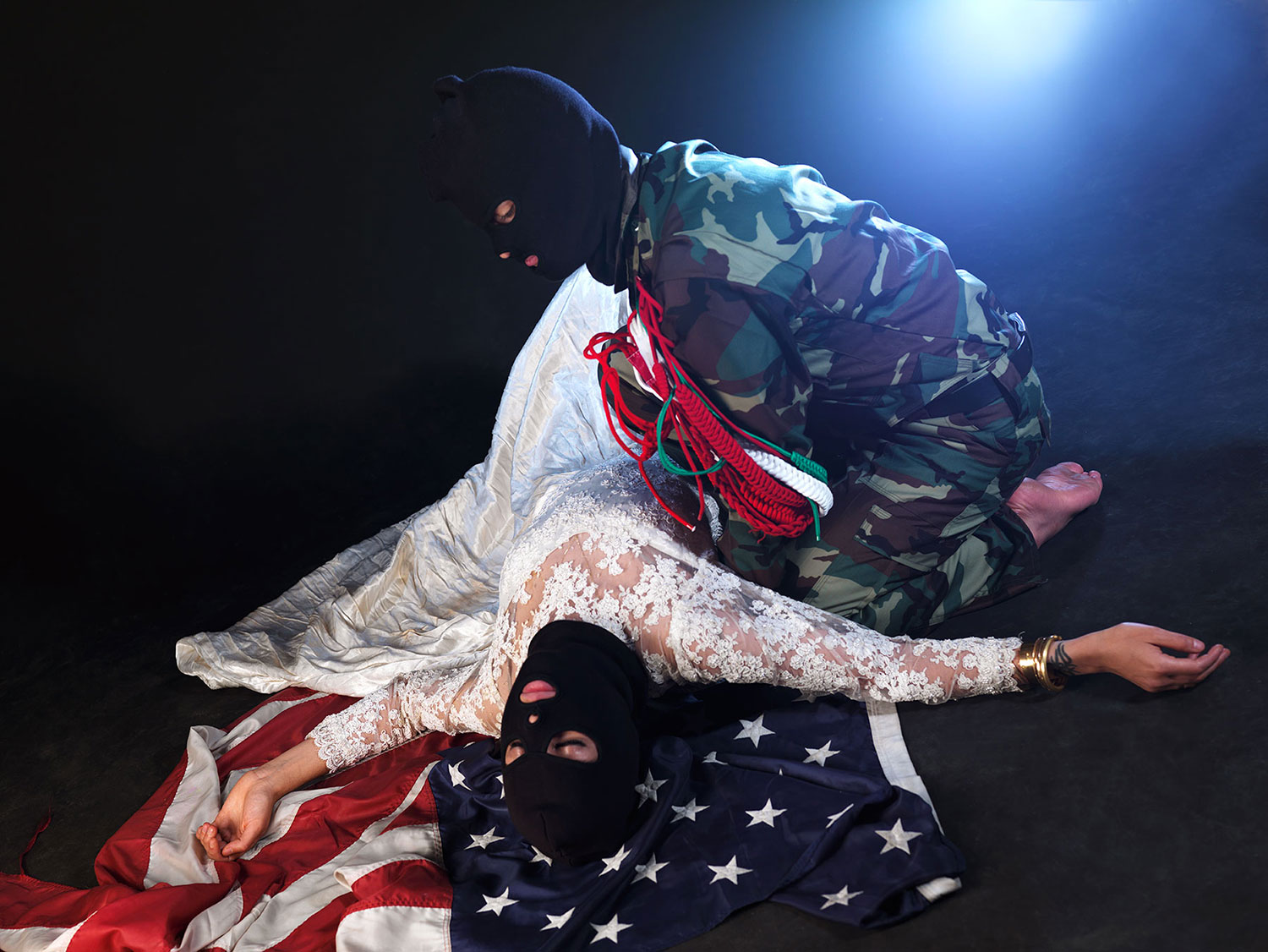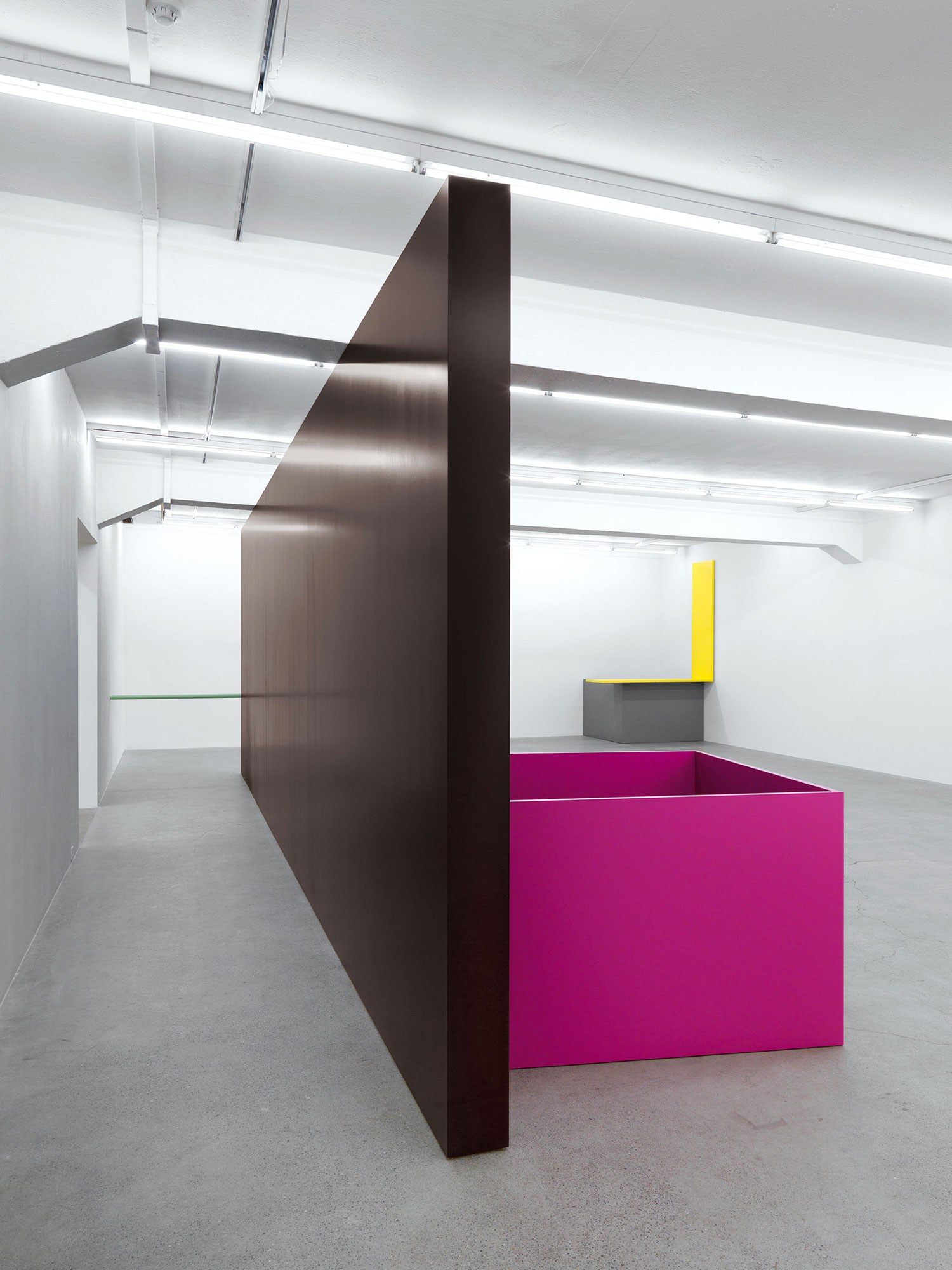
Monika Szewczyk: You’ve lived in New York for years, though I think many people still see you as a German artist and seek the sources of your work in German traditions of sculpture and installation. You’re also writing a piece about installing the work of Cady Noland at documenta, which may emphasize your German roots, albeit she is an American artist. But I’d like to begin not with Germany or New York, but the West Coast. I’m curious to know about your early years at CalArts — who were the big influences there and what were the ideas about art making and social engagement that you took away from this place?
Josephine Meckseper: In many ways, studying at CalArts, back in the ’90s, was the most formative experience for the development of my work. The school was conceptually and theoretically based — more a breeding ground for ideas than for art production in a commercial sense. Michael Asher, Charles Gaines, the filmmaker Thom Andersen and the theoretician Sylvère Lotringer were important influences on my thinking and way of working. I pursued neo avant-garde models, like the Situationists and the Angry Brigade for example, in a 24-hour happening with a group of five CalArts students on a rooftop in Los Angeles. The idea was to occupy a space, and inhabit it through deliberate actions and the accumulation of spatial, filmic and material elements introduced by the group members. It was a very politically-charged time, the performance coincided with the Rodney King riots and the filming of the riots became part of the piece. For my thesis show I brought machine guns and dynamite detonators from a Hollywood prop house into the school’s gallery, wrote chemical formulas of explosives on the walls and broke a hole in the ceiling. The centerpiece of the show was a video of a bank robbery that I had staged at the local Wells Fargo, and photographs were scattered across the floor and on a desk. I think one of my Molotov cocktails is still hidden behind the school’s drywall.

MS: You bring up homemade bombs so I’ll continue, not with revolutionaries, but with fire and firearms, but also firemen, soldiers, sergeants, vets, construction workers, bikers… and their magazines. One of your first projects out of CalArts was a magazine called FAT. And I’ve got here a copy of FAT, “On Fire” (No. 3, 1997), which has a truly impressive group of contributors and advisors (a scorching interview with Dan Graham, pages and texts by Dara Birnbaum, Piotr Uklanski, Sally Stein, Lucio Pozzi to name just a few). Still, it’s making my writing desk look less ‘Virginia Woolf,’ more ‘Foxy Virgins’ — some special issue of Enquirer meets Hot Rod meets Hustler’s Jail Babes. This ‘rag’ type is really condensing all the semiotic sins of the Valley — I think of porn fed to privates in training a few miles east into the Mojave Desert or those a few miles southwest, at the port, sitting in an aircraft carrier bound for the Gulf. There’s a black band with yellow text at the top right corner: “your favorite art magazine.” And it just might be for them and for me, if I forget everything I learned in school. I have to admit (and this will kill my street cred) that I rarely look at porn, but I’m fascinated with it at a distance, as a phenomenon. And FAT seems to echo a kind of general pornocracy of the image, which I think is systematically tied to war. Still, I’m curious. Was this a rebellion or rather evidence that you were a ‘good student,’ which is perhaps the ultimate perversion? And then practically, how many did you print and where were they really meant to land?
JM: The first issue, “Good & Evil,” came out in the early ’90s, a moment of utter political correctness. There was a rebellious undertone in FAT magazine’s shrill tabloid style that was completely antithetical to the academic and even commercial side of the New York art world. Coming from CalArts, I didn’t want to simply make art and show it in galleries. Instead I wanted to create my own context for what art could be at the time. A group of former CalArts students worked with me on the magazine, writing, editing and designing it. Sylvère Lotringer contributed the essay “The Art of Evil,” about pre- and post-WWII art and literature in relationship to the Holocaust. FAT is a conceptual magazine project, inspired by Jean-Paul Marat’s newspaper, Ami du Peuple, and the avant-gardist tradition of breaking down barriers between art and life. The idea was to show art works in a non-elitist, easily digestible form. Photographic reproductions and art images are subverted into a monstrous montage with representations of advertising and propaganda next to fictitious news items. The design is based on the Italian tabloid magazine Cronaca Vera. Each issue had a different print run; the first one of 1,500 sold out immediately, so we increased it to 10,000. The goal was to reach a broad non art-specialized audience. The magazine was distributed through Tower Books and other commercial distributors to newsstands nationally and internationally. We got a lot of letters from readers from all over the country; places in the Midwest or Alaska, for example.
MS: You mentioned to me once that your sculptural work is a natural extension of the magazines. I can see this already in terms of the thematic or socioeconomic register of your materials, but maybe you could say something about how you deal with the distribution and display… Are galleries the best places to show or maybe you actually prefer fairs because they’re more like malls?
JM: My shop window installations and vitrines especially function in a similar way as FAT (and magazines in general) in terms of the economy of form and content. These display work types are made deliberately for a commercial context such as an art fair or gallery, pre-empting any illusions about their instrumentalization and absorption into a free market system. It’s a purposely non-affirmative way of using consumer display forms to turn them into targets and focus points of attack. Their clean surfaces are a provocation for vandalism and destruction. They represent the moment right before a demonstrator picks up a stone and smashes a window. Ironically, I’ve only had about a handful of gallery shows and very little art fair exposure; my work mostly shows up in institutional contexts where it reads a bit more academic. The windows and vitrines become archeological time capsules for a near and distant future, much like old magazines tell us a story of another time. On the other side, the larger institutions and museums have themselves become closer to shopping malls, with escalators and souvenir shops, which makes them ideal sites for my display works.

MS: I definitely had this sense — this desire to smash some glass — in Hascher Jehle’s sleek, transparent cube that forms the Stuttgart Kunstmuseum, where I first encountered a big body of your work in 2007. But a sense of suspension prevailed. You’ve been good enough to send me a preview of your manifesto on non-affirmation (in progress), where there is again a call for destruction, but also a profound refusal to proscribe or articulate the stakes of the game: “There is no coherence, we remain vague in terms of authorship and purpose.” Is it really true — as you say in another chapter of your manifesto — that you don’t like what you do?!! I can’t quite believe this. At the end of the day, what I also see is the aesthetic beauty of things rendered profoundly useless, the flip side of the commodity, which only art can affect.
JM: There is no affirmative reassurance in the seemingly benign display forms and the appropriated objects that are presented in them. My work functions more like a manifestation of the collective unconsciousness of our time. I’m looking for cultural and sociological end points as a platform to chronicle and subvert reality. I am assembling and juxtaposing opposing elements into artificial simulations of everyday reality. I have no reason to be invested in the aesthetics, because my work is based on things that are readily available. Formal issues are only the means to capture a sense of the present, but they are never the goal. The reading of the work is circumstantial though, as it reflects the respective degree of criticality that the viewer brings to the environment. It succeeds when it brings out rejection and aggression. When I brought life-size oil rigs and military bunkers into the spaces of the Migros Museum last year, it likewise wasn’t based on my preference or admiration for their form and shape, but was meant to create a three-dimensional still life of contemporary culture. The same is true about my film Mall of America at the current Whitney Biennial. It captures a sense of capitalist decay mixed with a desperate military recruiting attempt as played out inside the oversized Midwestern shopping mall. I think of these works as relics of the last throes of U.S. hegemony. In a way, my work serves as a garbage can for the history of the present.





